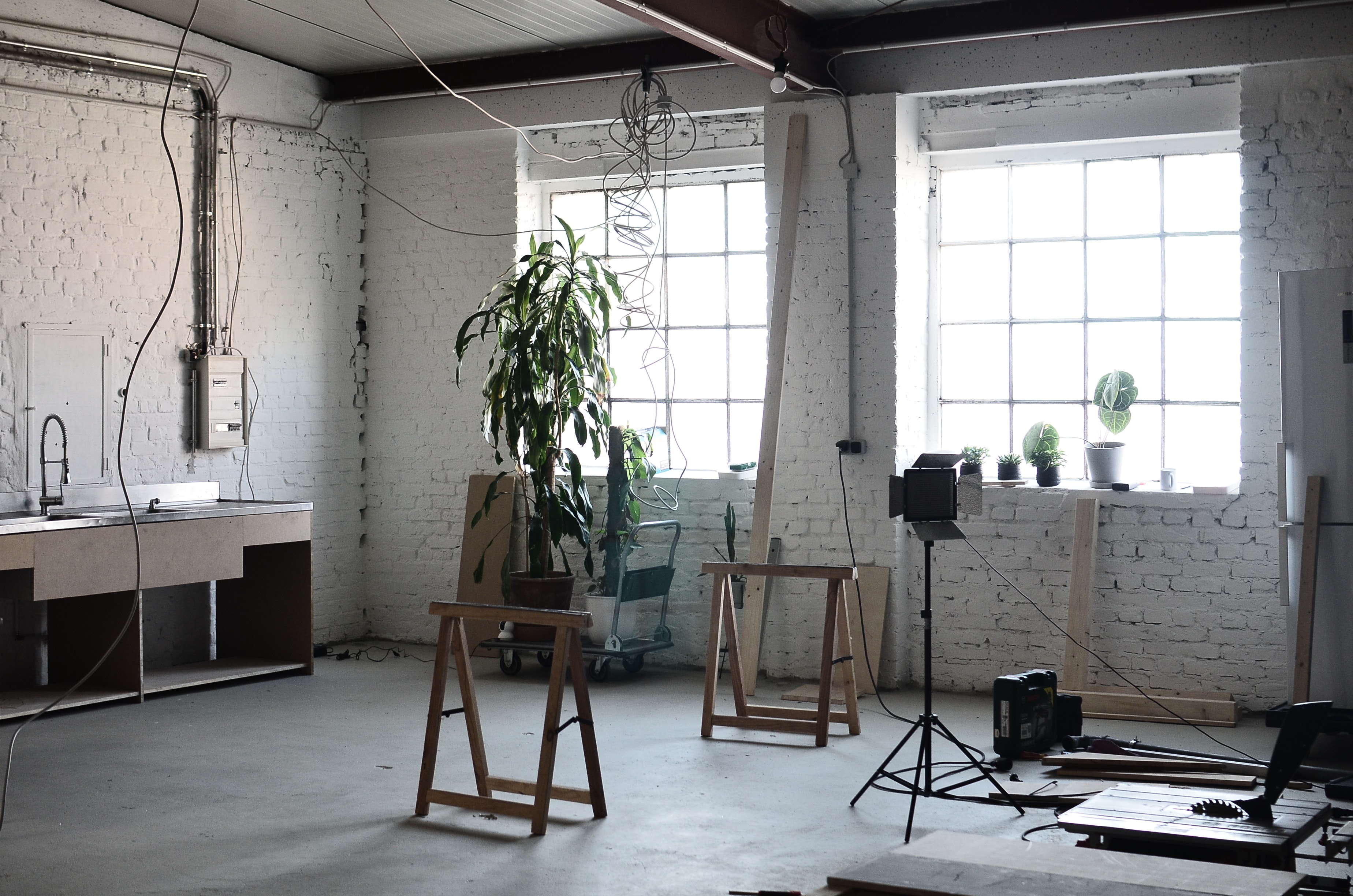 If you’re considering flipping a house for the first time, it’s essential to be aware of the pitfalls. House flipping can be a great way to make money, but it’s not without risks. With any home flipping project, things can quickly go wrong. As with other businesses, you need detailed planning, research, and excellent management skills. Here are some of the most common mistakes that first-time flippers make:
If you’re considering flipping a house for the first time, it’s essential to be aware of the pitfalls. House flipping can be a great way to make money, but it’s not without risks. With any home flipping project, things can quickly go wrong. As with other businesses, you need detailed planning, research, and excellent management skills. Here are some of the most common mistakes that first-time flippers make:
1. Not doing enough research
House Flipping is not a get-rich-quick scheme. It takes careful planning and research to find the right property and accurately estimate repair costs so you can make money on your flip without losing too much of it first.
2. Forgetting to make the budget
Preparing a budget and knowing how much money and time we need to realize the flip is better. You’ll want to consider:
the cost of the home (either paying for it outright or paying the monthly mortgage)
insurance
taxes
the costs of the upgrades
the amount of time those upgrades will take
the time on the market once it’s ready to sell
3. Not having the finances
Flip or die! When you buy a house, many things go into it before anything else. The first thing is securing the down payment and then paying interest on your mortgage each month while carrying out other expenses such as utility bills (which could easily add up). It’s essential to plan to ensure this doesn’t happen with overconfidence.
4. Not getting an inspection
Inspections are essential for a variety of reasons. For one thing, an appraisal may reveal foundation or structural issues which could cost you more than what’s being fixed; this can make selling the home much harder than other homes in its class with no such problems present.
5. Buying the wrong property
It might sound obvious, but securing professional real estate advice is one of the most important things to do when buying a house. You want this person’s opinion on whether or not your offer looks fair-market price and if they think there could be better deals out there.
6. Not securing the right permits
Before pulling out the sledgehammers for demolition, it’s a good idea to ascertain which permits you will need for your upgrades. You don’t want to do all the work on a project only to discover that you needed a permit and might need to redo some or all of it.
Again, a real estate professional or someone who’s flipped houses before can help you. They will know what permits are needed and can help you start the application process before you need them (not after).
7. Not Knowing What Local Home Buyers Want
House flippers need to be on the pulse of their local market. They should know what types of homes have appeal, popular finishes, and upgrades that will attract buyers so they can avoid spending thousands renovating a house in style only for it not being liked by anyone.
8. Underestimating repair costs
Repair costs can be high and unexpected. You’ll want to prepare for this if it costs more than you expected, which could seriously hurt your bottom line! Don’t forget to have your home inspected by a professional and price out the needed work. Is this home offered in your budget?
9. Multitasking
Focusing on one thing at a time will make you much more productive than if you try to do many things simultaneously. It’s perfectly fine to make lists and prioritize what needs to be done first, and if you want to feel that sense of accomplishment, then plan to spend your morning working on major projects and your afternoon on small items that help you feel like you’ve finished at least one thing.
10. Overestimating what you can do yourself
With the existence of YouTube, it’s pretty tempting to think that you can do anything with the right tools and a video.
But this is a significant investment, and you are probably not qualified to do most of it. Putting a wall up or refinishing a floor? Sure, maybe. Any plumbing and electrical help will require a professional, and you might want to consider finding a general contractor willing to pitch in where you need it.
If you have direct experience making a specific type of home repair, and you liked your results, then go ahead and assume you could do it again. If not, then for your first flip, hire a pro and watch them work so you decide if DIY might be an option.
11. Running out of time
You’re almost to your sales deadline, but the house is only half-finished. This is an absolute nightmare for a flipper, but it’s expected when it’s your first flip, and you have no real idea how long the fixes will take.
Overestimate how long you’ll need to finish the job, especially working alone. Leave yourself time to undo and redo some work (because you’ll probably mess something up), and don’t create a timeline that will squeeze you beyond your abilities.
Don’t know how long it’s going to take? Bring in a general contractor and ask for time estimates. Add 50% or double the time on any jobs you plan to do yourself if you’ve never done it before.
12. Ignoring the outside
When selling a house, it’s essential to ensure the outside looks good.
Landscaping is essential to the look and value of your home. New sod, fresh flower beds, or other improvements can help drive that final sales price by attracting buyers looking for curb appeal as much if not more than what’s inside.
13. Listing the house before it’s finished
The thing is, once you start showing a house before it’s ready–all buyers are going to see is half-finished projects. They won’t have access to their heads, so don’t try forcing them into thinking of what the end product should look like, or they might feel that this will never sell fast enough! Make sure everything shows off at its best by using every opportunity available, such as hiring professional photographers who can take clear pictures from different angles. These small details could mean a huge difference between success and failure.
14. Not following the 70% rule
You do not want to pay more for a property than 70% of its fixed-up fair-market value.
So, in other words, if you’re eyeing a home, and you have it on good authority from several people that after you fix it, you could sell it for $200,000 — do not offer more than $140,000 for that home. That is your 70% threshold.
This will give you wiggle room to pay for the repairs and upgrades and still make a profit.
15. Counting on the market to pull the price up
You shouldn’t count on the market to grow while renovating your flip. Many factors can influence prices, and it’s impossible for homeowners like yourself who don’t know what they’re getting into when buying or selling real estate to guarantee market conditions.
The risk is just too high without considering other possibilities outside our control, such as economic conditions changing drastically-which would make both buyers/sellers lose money.
Don’t risk it. Make sure you can still make a profit even if the market doesn’t jump while you’re working on the house. (And if it does? Consider that a pleasant surprise.)
16. Staging without a pro
Staging your first home is important in selling it, but you should consider hiring a professional stager for this task. The story they’ll tell with color and texture will help buyers envision their lives in the space – something all sellers want!




